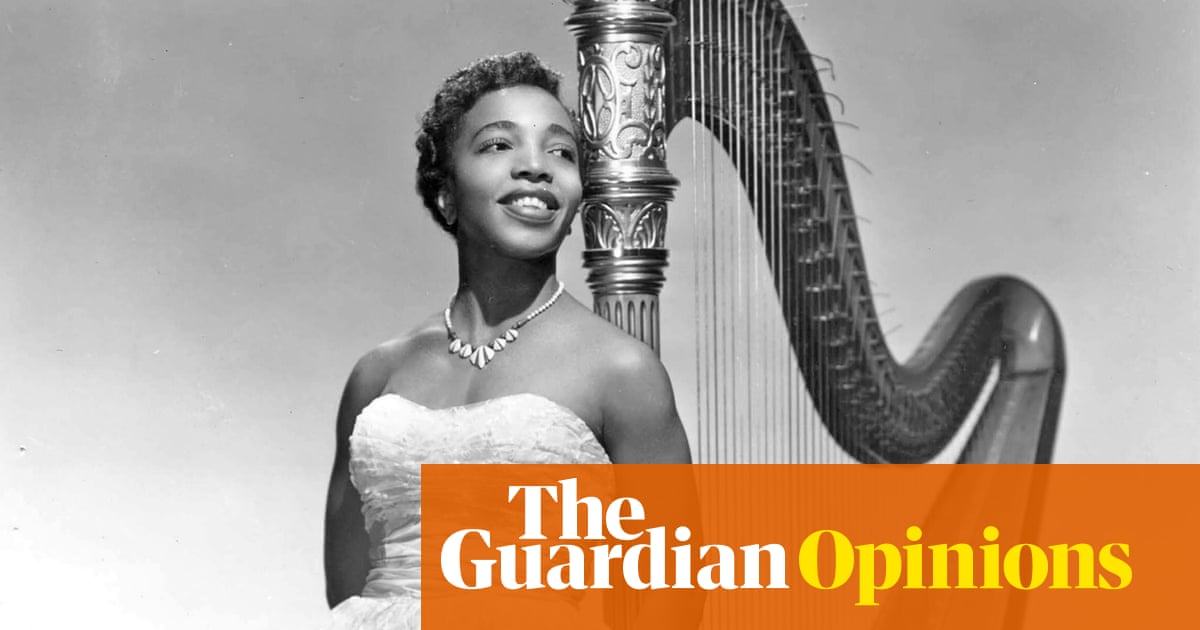
You don’t have to be a Barbie girl to be interested in Black Barbie: A Documentary, the history of the first Black Barbie in 1980 and the doll’s significance for Black girls in a world that still questions their natural beauty. The film is a tribute to the Black women who advocated for and designed the doll and a discourse on representation.
Writer-director Lagueria Davis uses the landmark doll tests from the 1940s to explain why Black Barbie matters and how a blond-haired, blue-eyed Barbie, the embodiment of an unrealistic white beauty standard, can strike at the self-image of Black children in America. Drs Kenneth and Mamie Clark conducted the doll tests to determine the effects of segregation on Black children’s self-esteem. They gave the children, ages three to seven, white and Black dolls that were identical in every way except skin color. Then, they asked them to attribute positive and negative characteristics to the dolls; most of the children rejected the Black dolls, speaking volumes about their self-regard and shocking US supreme court justices who cited the study in the court’s 1954 Brown v Board of Education decision to desegregate public schools.
The documentary unfolds through the story of Davis’s aunt, Beulah Mae Mitchell, a former employee of Mattel, the toymaker that produced the first Barbie in 1959. Davis, who also narrates the film, confesses that she hates dolls. Still, her interest is piqued by her aunt’s impressive doll collection and long career at Mattel, where she advanced from assembly line worker to receptionist at the corporate office. As Davis begins questioning Mitchell, she learns about Black Barbie and her aunt’s surprising involvement in the doll’s creation. When Ruth Handler, the company’s co-founder and Barbie’s creator, asked employees if they had suggestions to improve Mattel, Mitchell responded: “We want a Black Barbie.”
Mitchell didn’t consider the request a big deal, but it was a revolutionary act in hindsight. Like many Black women of her generation, her aunt minimized the significance of her actions, Davis said. “I think that is the nature sometimes of what it means to navigate as a Black woman, to do the work and almost be invisible.”
Mitchell’s words had an impact in more ways than one. In 1976, Mattel hired Kitty Black Perkins, its first Black designer. She designed the first Black Barbie a few years later, realizing Mitchell and others’ aspirations. “I wanted to reflect the total look of a Black woman. I wanted [Black Barbie] to be the complete opposite of Barbie and the complete opposite of Christie,” Perkins said of Barbie’s Black friend, who debuted in 1968. Black Barbie had an Afro. Her lips were fuller, and her nose was a bit wider than Barbie’s. She sported bold jewelry and a red wraparound skirt with a thigh-high slit inspired by Diana Ross’s wardrobe.
Mattel had already produced two Black dolls in the late 60s, Christie and Francie. But they weren’t considered Barbies, so they lacked the cachet of Black Barbie. The success of the new Barbie, despite little advertising by Mattel, inspired other Black Barbies and Black doll lines. In 1996, Perkins hired Stacey McBride-Irby, who created and designed new Black Barbie lines, part of the groundbreaking but little-known work by Mattel’s Black female designers. In the documentary, the three women, Mitchell, Perkins and McBride-Irby, share a sweet on-camera reunion, reflecting the camaraderie they forged at Mattel years ago.
Black Barbie: A Documentary debuted at South by Southwest in March 2023, months before Greta Gerwig’s fictional Barbie was released. Both films pay tribute to pioneering women. In Gerwig’s Barbie, Handler is a feminist godmother, and Barbie Land celebrates the rainbow of Barbies that followed the release of the first Black Barbie doll. Today, Barbie is considered the most diverse doll line on the market.
It’s hard to fathom that an adult white female doll with breasts was an evolutionary leap for girlkind in the 50s. But before Barbie, girls of all backgrounds played with baby dolls, encouraging a future as mothers. Barbie, a fashionista and independent woman, inspired aspirations beyond motherhood. Through Barbie, Handler wanted little girls to be self-actualized. Perhaps that happened for some white girls, but for Black girls, the doll with an impossible figure reinforced a beauty standard that rejected their bodies, hair, features and skin color. They didn’t have dolls they could relate to until Black Barbie, which the director explores in multiple interviews. Some women were on the verge of tears as they recalled being ridiculed for their skin color or the loneliness of playing with dolls that looked nothing like them.
“Crowning this doll as Barbie was telling the world that Black is beautiful, too,” a woman in the documentary explained. The tagline for the first Black Barbie, recited by another woman, sealed the sentiment: “She’s Black. She’s beautiful. She’s dynamite.”
Davis enlists some famous Black female firsts to discuss Black Barbie’s importance and the challenges of representation: prima ballerina Misty Copeland, Olympic fencing medalist Ibtihaj Muhammad, US representative Maxine Waters of California, actor Gabourey Sidibe and the indisputable ruler of scripted TV Shonda Rhimes. Rhimes worked with Davis to bring the documentary to Netflix and was an executive producer.
Mattel has modeled two Barbies after Rhimes: the first sports a glamorous flowing skirt. Rather than have her bespoke doll imitate Barbie’s figure, the producer instructed the designers to make her Barbie thicker in the waist.
Waters said she grew up playing with white dolls because there were no Black dolls. Later in life, she began collecting Black dolls. “We didn’t think a lot about it at that time, but as you better understand yourself and people of color, I began to understand how important it was to have a Black doll, to have someone who looked like me,” she said.
Sidibe, whose breakout role was in the 2009 film Precious, said the original Barbie set unrealistic body expectations. “I remember thinking, ‘So Barbie is what I’m supposed to grow into being?’ Maybe when I’m a grownup, I’ll look like that. But I knew my mom was a grownup and didn’t look like that,” Sidibe said.
Davis told me she wanted to capture the diversity of Black women’s opinions about Barbie. Black women aren’t a monolith, she said. “As an adult, I find [dolls] rather weird and creepy and loaded with certain messaging for who you should be as a woman. Those are things that didn’t feel good to me.”
She divides her ambitious documentary into three acts: what it was like before Black dolls, what it was like with them, and what has changed since the presence of Black Barbie and other Black doll lines. In the final act, she returns to the doll tests, enlisting Dr Amirah Saafir, a professor of child and adolescent studies at Cal State Fullerton. Instead of asking Black and children of color to choose between white and Black dolls as the Clarks did, Saafir’s test presents them with racially diverse dolls. A therapist asks them which doll is most attractive, which doll looks like them and which doll is the “real Barbie”, among other questions.
Most kids choose dolls that resemble them, but they consider the white Barbie the “real Barbie”. In their eyes, white Barbies are at the center of the Barbie World, and Barbies of color are on the periphery. Some children noted that in Barbie cartoons, movies, and ads, white Barbie is the lead character, and Barbies of color are secondary characters. Although they didn’t have words to explain what they observed, some children knew that Black Barbie and other dolls of color debuted long after the original Barbie.
The test leaves us with this conclusion: representation alone doesn’t change racial hierarchies. So, more than 40 years after Black Barbie’s debut, are Black girls still in a white Barbie World? The documentary leaves viewers to decide how far we have come.
Inspired by the women who made the doll a reality “by creating something they didn’t see but wanted”, Davis said, “we finally made Black Barbie the hero of her own story”.
Black Barbie: A Documentary is out now on Netflix












